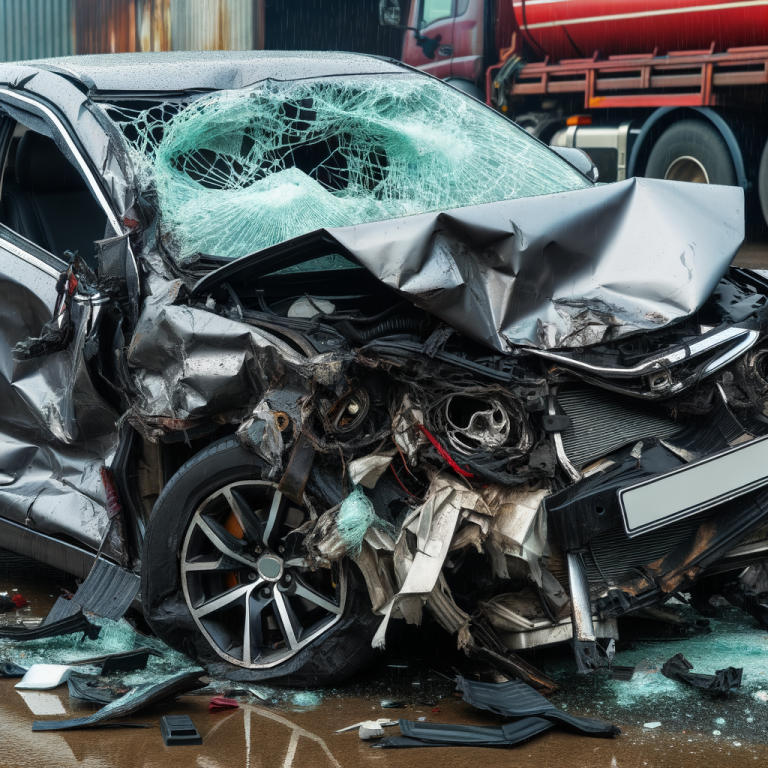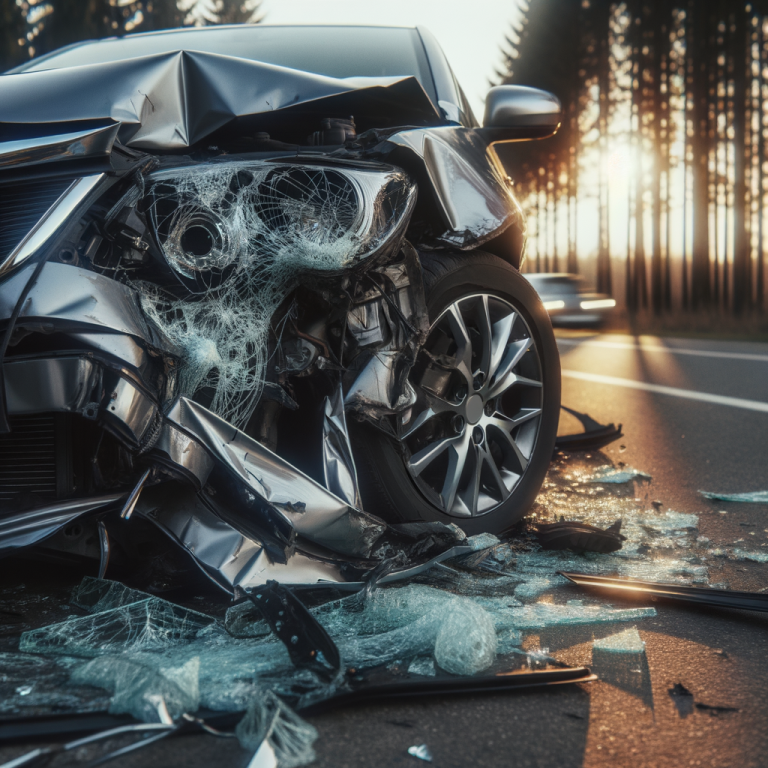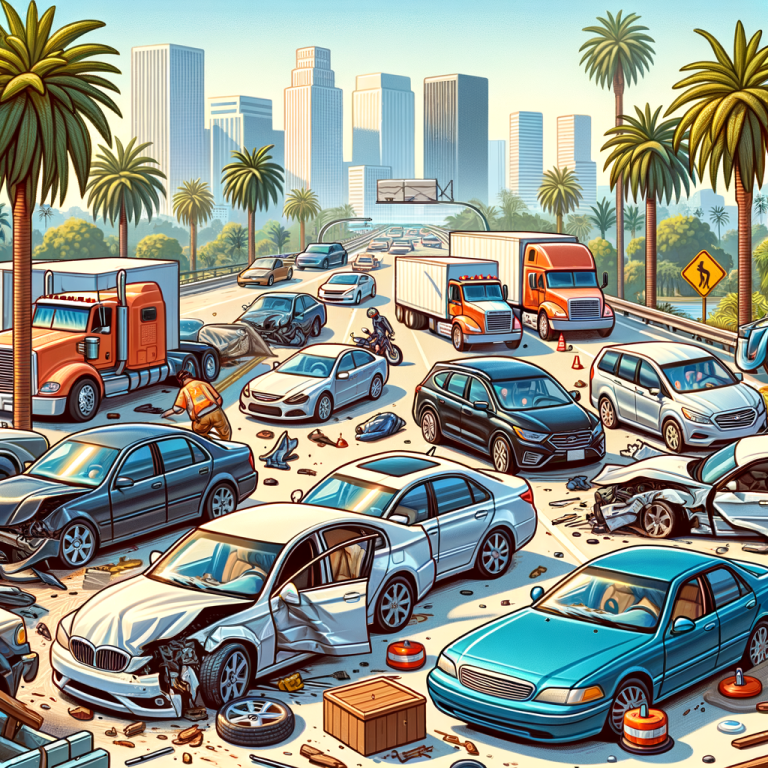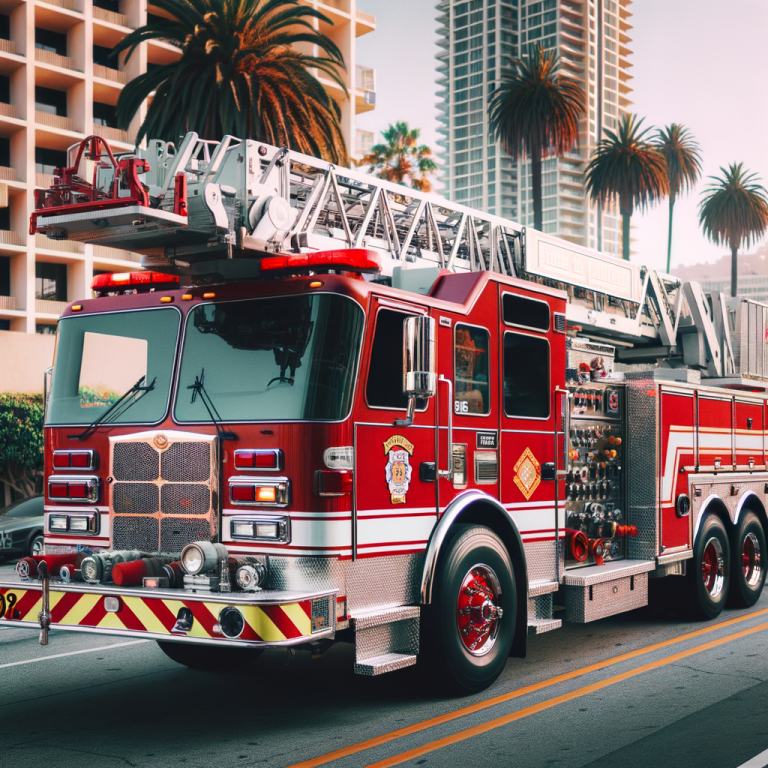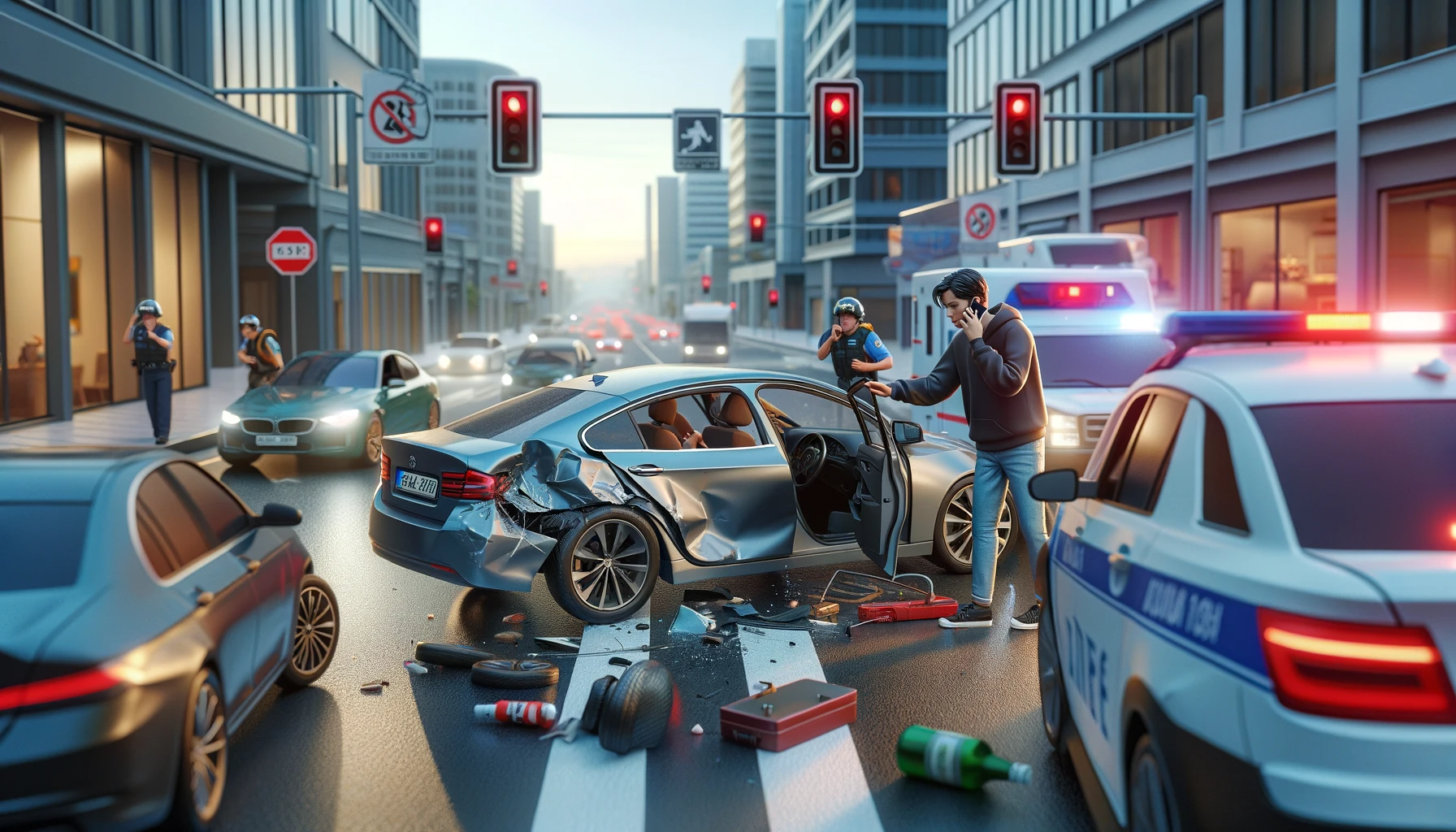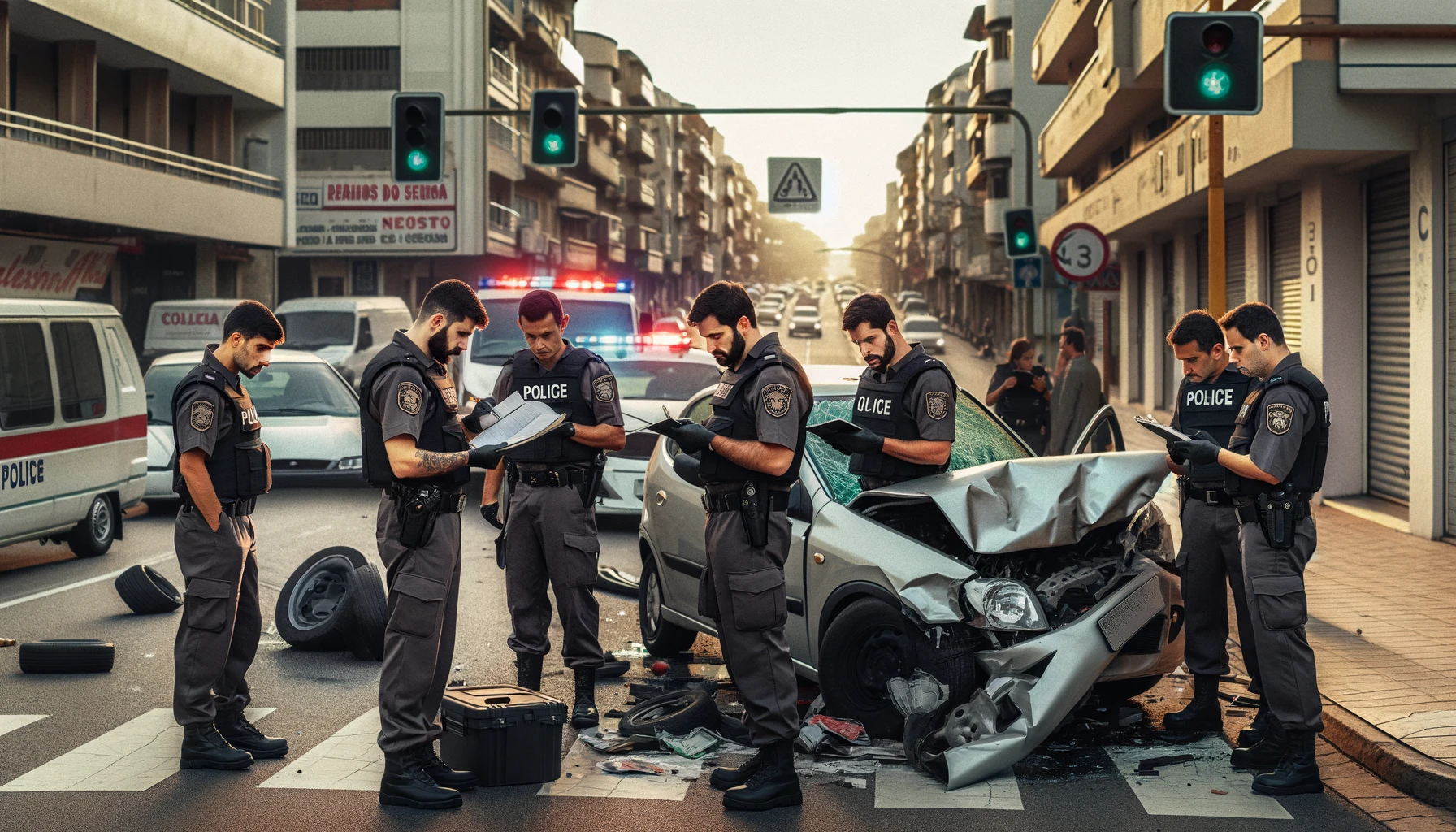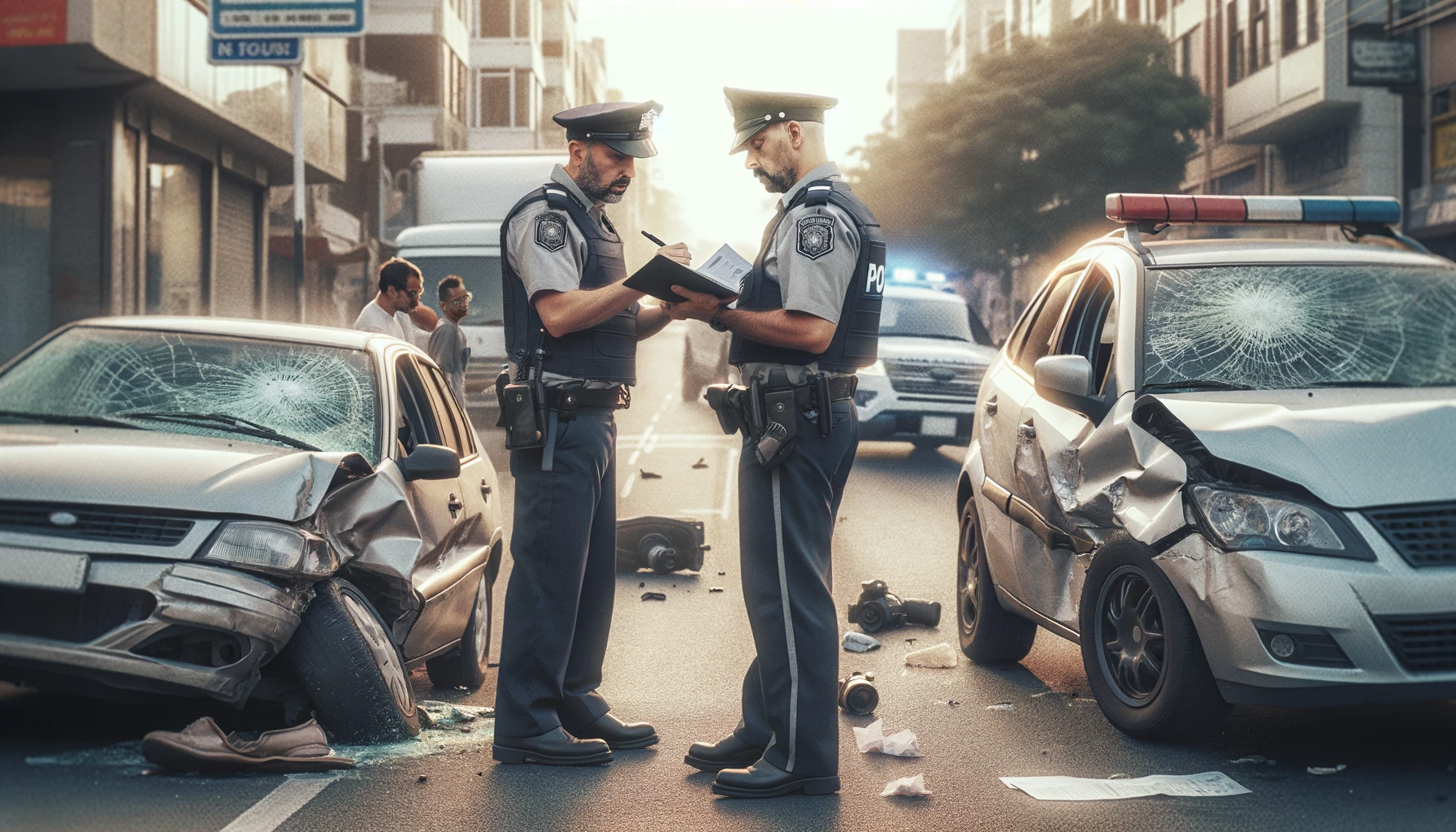Understanding auto insurance: an overview
Auto insurance is a contract between you and the insurance company that protects you against financial loss in the event of an accident or theft. In exchange for your paying a premium, the insurance company agrees to pay your losses as outlined in your policy. Understanding auto insurance means getting familiar with the basic components of the policy:
Liability Coverage
Liability coverage is a fundamental part of most car insurance policies. It's legally required in most states. This coverage pays for the treatment of the other party’s injuries and repairs to their vehicle if you're found at fault in an accident. There are usually two liability coverages - bodily injury and property damage which cover physical injuries and property damage, respectively.
Collision Coverage
Collision coverage pays for the damage to your car resulting from a collision with another vehicle or object, such as a tree or guardrail, when you're at fault. While this coverage is not state-mandated, it is usually required by lenders if you're financing or leasing your car.
Comprehensive Coverage
This type of insurance covers damage to your car caused by events that are out of your control. It covers things like theft, vandalism, fire, natural disasters, and collisions with animals (like hitting a deer). Comprehensive insurance is usually optional unless it's required by your loan or lease agreement.
Uninsured/Underinsured Motorist Protection
Even though auto insurance is mandatory in most states, many drivers on the road do not carry any insurance coverage. Others might not have sufficient coverage to pay for the full extent of damages in an accident. Uninsured and Underinsured Motorist Protection helps to cover your expenses if you're hit by a driver with no or insufficient insurance.
Personal Injury Protection (PIP), also known as "no-fault" insurance, covers your medical expenses and, in many cases, lost wages, no matter who is at fault in an accident. PIP is mandatory in some states, optional in some states and not available in others.
What happens when you get rear-ended?
Initial Impact and Immediate Aftermath
When you get rear-ended, the first thing you might experience is shock and a rush of adrenaline. The collision can cause your vehicle to jolt forward suddenly, which might result in injuries like whiplash, especially if you weren't wearing your seatbelt. The severity of injuries and damages to your vehicle can largely depend on the speed and size of the vehicle that hit you.
The Role of Law Enforcement
After the initial shock wears off, it's important to involve law enforcement. When they arrive on scene, they'll take statements, document the accident scene, and potentially issue citations if traffic laws were violated. This police report can be extremely valuable later when dealing with insurance companies as it provides an objective account of the accident.
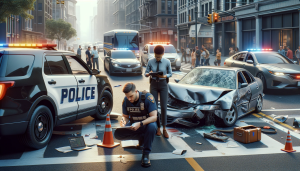
Exchange of Information and Documentation
You should exchange information with the other driver involved including names, contact details, and insurance information. Be sure to document all damages to your vehicle and any injuries incurred. Taking pictures and making notes about the incident can be helpful when you’re filing a claim with your insurance company or if a legal situation arises.
Medical Attention Post-Collision
Even if you feel fine after the accident, it’s crucial to seek medical attention as some injuries may not immediately manifest symptoms. Seeing a medical professional can help diagnose and treat any potential injuries early on. This also creates a record that ties any injuries directly to the accident, which could be important for an insurance claim or lawsuit.
Contacting Your Insurance Company
After a rear-end collision, notify your insurance company about the accident as soon as possible. They’ll guide you through their process for filing a claim and can explain what coverage is available to you based on your policy. If the other driver was at fault, your insurance company may seek compensation from their insurance. This process, known as subrogation, could potentially lead to the recovery of your deductible.
Defining Liability in Rear-end Car Accidents
Understanding Liability in Rear-end Collisions
Liability in the context of a rear-end
Car accident refers to the responsibility for the damages resulting from the incident. It is often determined by the rules of negligence as outlined in traffic laws. The default assumption in most cases is that the driver of the vehicle that hit the other car from behind is at fault, because every driver has the responsibility to maintain a safe distance from the car in front.
When is the Rear Driver Not at Fault?
There are certain exceptions where the driver who hits another car from the rear may not be entirely or partially liable. An example is when the front vehicle suddenly reverses or stops without signaling or for no apparent reason. Another instance can be when the rear vehicle is pushed into the front vehicle by a third vehicle. In such cases, determining liability becomes more complex and requires thorough investigation.
Evidence in Defining Liability
To establish liability in a rear-end
Car accident, credible evidence must be presented. This could include photographs from the scene showcasing the damage, eyewitness testimonies, police reports, CCTV footage if available, and more. The narrative from the drivers involved may also play a significant role.
Contesting Liability
While commonly the rear driver is held accountable in a rear-end collision, they have every legal right to contest this liability. If the driver can provide enough evidence suggesting that the accident occurred due to reasons beyond their control or the negligence of the other party, they could possibly shift the blame or share the responsibility.
The Role of Insurance Companies
Insurance companies play a major role in defining liability in rear-end accidents. Generally, each party's insurance company investigates the accident independently and arrives at their conclusions concerning fault. Discrepancies between insurance companies' findings may necessitate negotiation between them or eventually lead to a court case.
Types of Coverage Relevant to Rear-end Collisions
Liability Insurance
Liability insurance is one of the most fundamental types of coverage as it is required by law in most states. If you are responsible for a rear-end accident, your liability policy will cover the costs associated with the damage to the other driver's vehicle, as well as any medical expenses if they sustained injuries.
Collision Coverage
Collision coverage is particularly relevant for rear-end accidents. This type of coverage pays for the repair or replacement of your car after a collision, regardless of who is at fault. So, even if you rear-ended another car, your insurer would still pay for your vehicle's damage after you meet your deductible
Personal Injury Protection (PIP)/Medical Payments (MedPay) Coverage
Personal Injury Protection or Medical Payments coverage can be beneficial if you or your passengers sustain injuries from a rear-end collision. It pays for medical and related expenses, such as rehabilitation, necessary surgeries, or even lost wages due to injury. Some states require this coverage, while in others, it is optional.
Uninsured/Underinsured Motorist Coverage
If you're rear-ended by a driver who does not have enough insurance, or none at all, uninsured/underinsured motorist coverage can come to the rescue. It covers the costs of your vehicle's damage, medical expenses, and even lost income, depending on your policy's limit.
Comprehensive Coverage
Though comprehensive coverage is typically associated with damage caused by events like theft, vandalism, or natural disasters, it can also play a minor role in rear-end collisions. For instance, if your car was parked when it was rear-ended, your comprehensive insurance might cover the damages. Always check your policy details to understand what is and isn't covered.
Does my Insurance Policy cover Rear-ending Accidents?
Understanding whether your insurance policy covers rear-ending accidents can be a bit complex, as this depends on the type of coverage you have, the specifics of the accident, and the laws in your state. Below we will break it down to help you understand your coverage better.
Your Liability Coverage
Your liability coverage is designed to pay for the other driver's vehicle repair or replacement costs and their medical expenses if you're found at fault in an accident. If you rear-end another vehicle, typically, you would be deemed at fault, and your liability insurance would cover the costs associated with the damages to the other driver's vehicle and any injuries they might have suffered.
Your Collision Coverage
Collision coverage is what pays for damages to your own car in the event of an accident, no matter who's at fault. If you rear-ended another vehicle, collision coverage would normally cover your vehicle's repairs or replacement. However, this typically requires paying a deductible first. Keep in mind, not all drivers carry this type of coverage as it's generally optional.
Your Personal Injury Protection (PIP) or Medical Payments Coverage
In case you or your passengers were injured during the rear-end accident,
Personal Injury Protection (PIP), or Medical Payments coverage if available, could come into play. PIP is designed to cover medical expenses, regardless of who is at fault. Some states require PIP coverage, while others do not. Be sure to understand whether this is included in your policy.
No-Fault Insurance States
In some states, known as "no-fault" states, each driver turns to their own insurance policy to cover medical bills and car repairs up to certain limits, regardless of who caused the accident. So, even if you caused a rear-end accident in these states, your own insurance policy would still help cover some of your costs.
Remember, each situation is unique and how insurance is applied can vary. Be sure to consult with your insurance provider to better understand how your policy applies to rear-end accidents.
Claiming Insurance after Being Rear-ended
Understanding Your Rights
Firstly, it's essential to comprehend that if you get rear-ended, the fault is typically attributed to the other driver. Insurance companies quite often consider the driver at the back to be responsible for maintaining adequate distance to prevent collisions. This understanding could play a vital role in how you go about claiming insurance.
Filing a Report with Your Insurance Company
Immediately after the accident, once you ensure all parties are safe, contact your insurance provider to file a claim. Provide them with as much detail as possible including photos of the damage, location, time, and any witness statements. This information will help your insurer correctly determine fault and compensation amount.
Contacting the At-fault Driver's Insurance Company
Following this, reach out to the at-fault driver's insurance company to notify them about the incident and of your intent to file a claim for compensation. This step is critical as failing to do so may delay your insurance claim processing and can even cause the denial of your claim.
Selecting an Auto Repair Shop
Many insurance policies include provisions for vehicle repairs following an accident. Once your claim is approved, you might be provided with a list of approved auto repair shops. Alternatively, you may have the option to choose your own, although you might need to provide detailed repair estimates in this case.
Receiving Your Compensation
Once the fault is determined and the overall damage is assessed by both insurance companies, you will receive compensation as per your policy's coverage limits. This may cover vehicle repairs, medical bills, if any, and potentially other costs linked with the accident. It's important to review your policy carefully to understand what costs are covered.
Tips to protect yourself and your insurance rights after a Rear-End Collision
Gather Sufficient Evidence
The first and most crucial step after a rear-end collision is to gather as much evidence as possible. This includes taking photos of the accident scene, vehicle damages, and any visible injuries. Furthermore, you should collect the contact information of any witnesses present at the accident scene who can support your claims. The evidence will allow you to present a solid case to your insurance provider and protect your rights.
Report the Accident Promptly
After ensuring everyone involved in the collision is safe, it's paramount to report the accident to the police immediately. A police report can serve as invaluable evidence for your insurance claim. It's also crucial to inform your insurance provider about the incident as soon as possible, even if you're not at fault. Delay in reporting may complicate your claim process and even give room for denial.
Seek Medical Attention Quickly
Even if you feel perfectly fine, it's important to seek immediate medical attention following a rear-end collision. Some injuries might not show symptoms right away, but they could cause major health problems later on. Keep a detailed record of your medical treatments, diagnosis, and bills as proof of the injuries sustained from the accident.
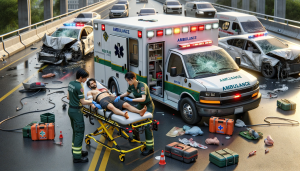
A personal injury attorney can help protect your rights and interests when dealing with insurance companies. They can assist you in navigating through complex insurance policies, gathering necessary evidence, negotiating with other parties involved, and ensuring that you receive a fair settlement.
Maintain Documentation
Keep track of all documentation related to the accident – these could include your medical records, repair estimates, wage loss information, and the like. Documentation will provide substantial proof that supports your claim. It's advisable to maintain a file with all these records handy during the entire claim process.
By following these guidelines, you can protect yourself and ensure your insurance rights remain intact after a rear-end collision. Don't let the stress of the incident deter you from taking crucial steps that will safeguard your interests.
Conclusion
Understanding your insurance coverage is essential, especially in situations like getting rear-ended. Typically, if you have comprehensive insurance or collision coverage, you should be covered for damages resulting from a rear-end collision. However, the specifics can vary depending on your policy and the insurance provider. It's crucial to review your policy documents carefully and consult with your insurance agent to understand the extent of your coverage and any limitations.
Look for an attorney who has the right legal resources for your legal needs.
Contact us here on the
Warmuth Law website or through our hotline 888-517-9888.
Frequently Asked Question (FAQ's)
1. Does my insurance cover me if I get rear-ended?
In most cases, yes. If you have comprehensive insurance or collision coverage, you should be covered for damages resulting from a rear-end collision. However, it's essential to review your policy details to understand the specifics of your coverage.
2. Will my insurance rates go up if I'm rear-ended?
Typically, being rear-ended is considered a non-fault accident, so your insurance rates may not increase. However, insurance companies vary in their policies, and it's best to check with your provider to understand how they handle such situations.
3. Do I need to file a claim with my insurance if I'm rear-ended?
It's generally recommended to report the incident to your insurance company, even if you're not at fault. This helps ensure that the necessary documentation is in place, and your insurer can assist you in processing any claims for damages or injuries.
4. What if the person who rear-ended me doesn't have insurance?
If the other driver is uninsured or underinsured, you may still be covered for damages through your own insurance policy, such as uninsured/underinsured motorist coverage. Check your policy details or consult with your insurance agent for guidance in such situations.
5. Will my insurance cover medical expenses if I'm injured in a rear-end collision?
If you have medical payments coverage or
Personal injury protection (PIP) as part of your insurance policy, it may cover medical expenses resulting from a rear-end collision, regardless of who is at fault. Review your policy documents or speak with your insurance provider to understand your coverage options for medical expenses.




